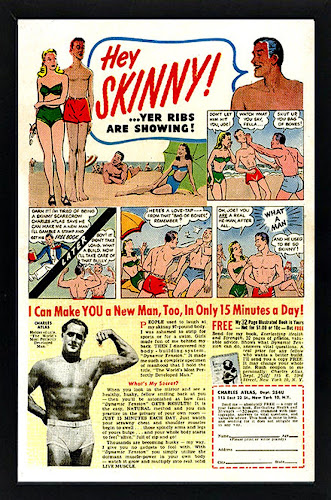Sanctuary
This morning’s reading from the gospels is, to put it mildly, thought-provoking. It is one of the most pointed, provocative passages of scripture in the New Testament. I thought about preaching on it this morning, but I’ve been rather heavy in my past few sermons. So, I’ve decided to link here a sermon that focuses on our rather heavy gospel reading this week. As for this morning, Father’s Day, I’d like to focus on something unrelated to the lectionary readings this morning. I want to talk today about the idea of sanctuary. Its a pertinent topic since we are newly back to worshiping here in St. Paul’s beautiful sanctuary. Its even more pertinent thinking about the times we live in. Who doesn’t want to sometimes seek sanctuary from all the stress, strife, and struggle around us? Who doesn’t want a hiding place from all the hopelessness and hatred? I admit to wanting a sanctuary and hiding place sometimes, and I am among the fortunate ones. Magnify this hope a few times for other f...

